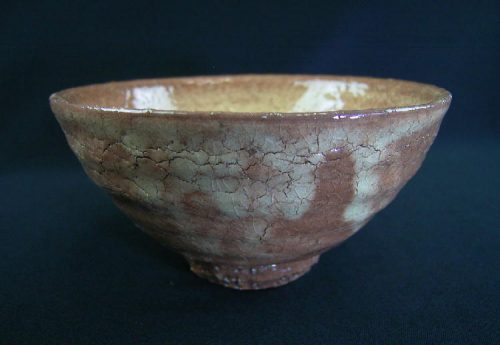Wabi-sabi (侘寂) is an aesthetic philosophy whose roots are based in Zen Buddhism, particularly the tea ceremony, in which masters prized bowls that were handmade and irregularly shaped, with uneven glaze, cracks, and beauty in their imperfection. Wabi-sabi has influenced many Japanese arts such as ikebana (flower arrangement), gardens, haiku, and pottery.
Loosely translated, “Wabi” is simplicity, elegant or rustic; “Sabi” means the beauty of age and wear. Wabi-sabi is the beauty of things imperfect, impermanent, and incomplete, the polar opposite of our Western idea of beauty as something perfect, enduring, and monumental. It’s a shift in perspective from one of perfection to one that just appreciates what is.
Wabi-sabi isn’t only for monks and tea masters. Accepting that life and things are impermanent allows us to appreciate the beauty and melancholy of it. You cannot make something wabi-sabi, it needs to naturally become wabi-sabi. The wear needs to come from the influence of time. Cracks and scratches in things are considered to be symbolic of the passage of time, weather, and loving use and care and are to be embraced. Additionally, wabi-sabi isn’t only restricted to things and stuff. It can be an experience or even a feeling like waves crashing on the rocks, old friends gathering together, or even an abandoned bird’s nest.
Wabi-sabi goes beyond a certain kind of aesthetic. It is a way of life and a thought process. One that teaches us to find joy in the simple things and be mindful in all that we do, say, and think. Life, with all its scars, wrinkles, and laugh lines, is itself perfectly imperfect and we should embrace the beauty in that.





